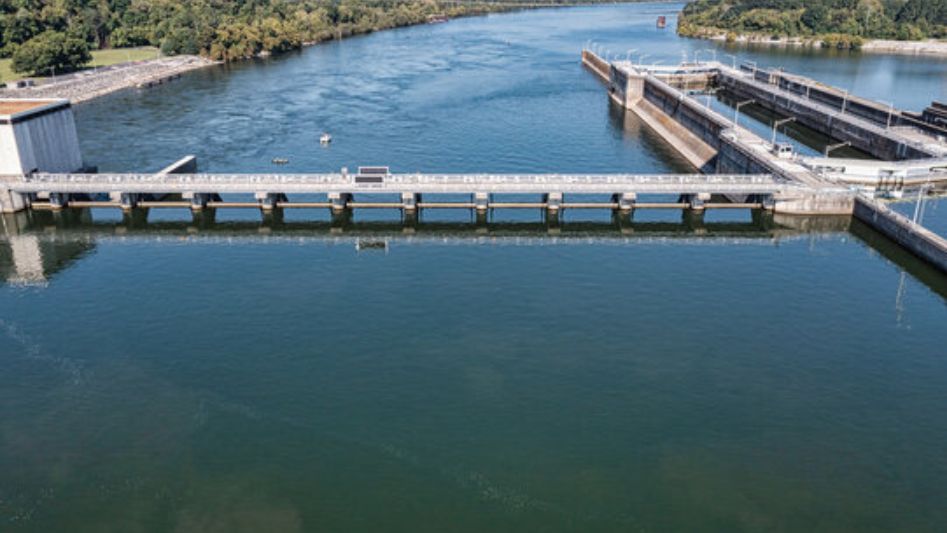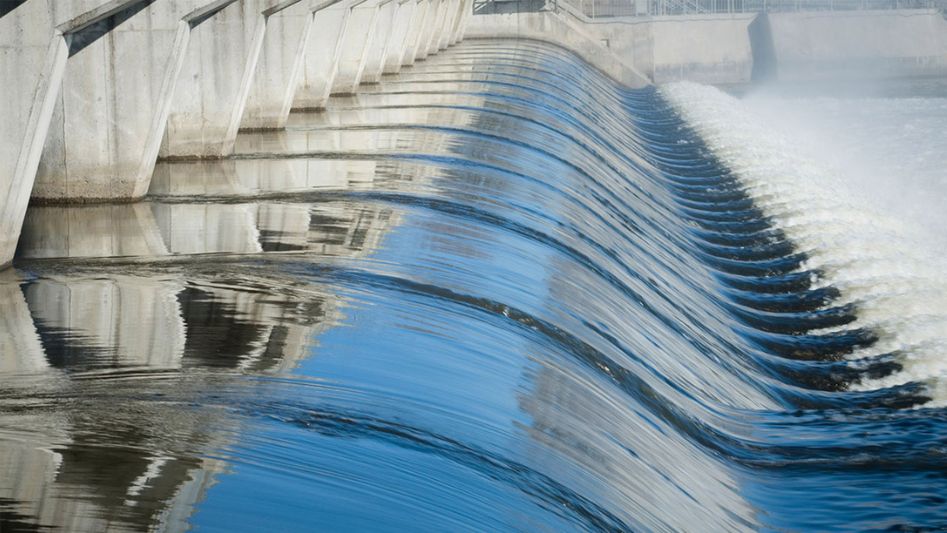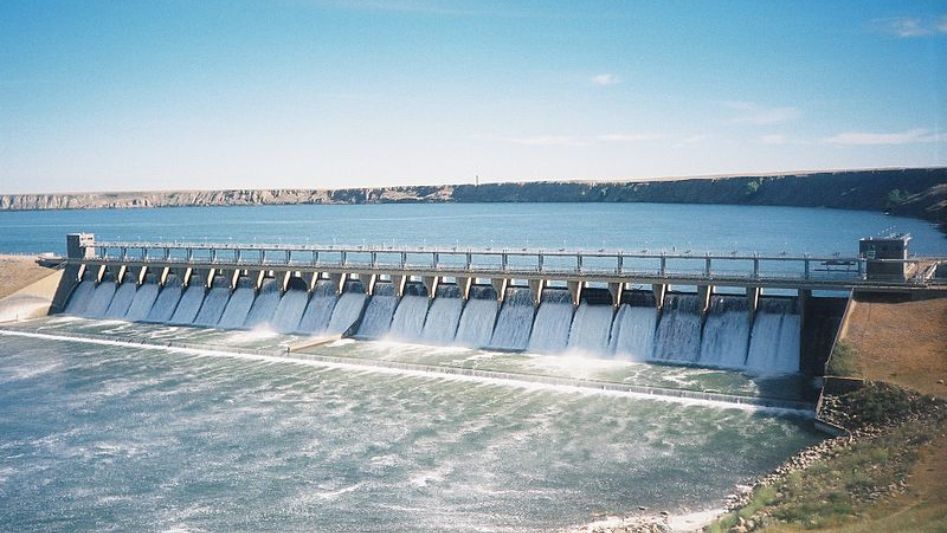Explore the fascinating world of renewable energy with ‘From Turbines to Dams: Understanding the Tech Behind Hydro and Wind Power Generation.’
Table of Contents
Introduction
Renewable energy sources have become an increasingly important topic in recent years, as concerns over climate change and energy security continue to grow. Among the various sources of renewable energy, hydro and wind power are two of the most widely used technologies. In this article, we will explore the technology behind these two forms of power generation, their advantages and disadvantages, and how they can complement each other to create a more sustainable energy system.

Hydro Power Generation
Hydro power generation refers to the use of water to generate electricity. This is typically achieved through the use of turbines that are driven by the force of falling or flowing water. In order to generate hydro power, dams are often built to create a reservoir of water that can be used to drive the turbines.
The technology behind hydro power generation is relatively simple, but it can be very effective in producing large amounts of electricity. The turbines are connected to generators, which convert the mechanical energy of the turbines into electrical energy. Hydro power is also a renewable energy source, as long as the water supply is maintained.
However, there are also some drawbacks to hydro power generation. Building dams can have significant environmental impacts, including the displacement of communities and the disruption of ecosystems. Additionally, hydro power generation can be limited by changes in water supply, such as droughts or floods.
Examples of hydro power plants around the world include the Three Gorges Dam in China, the Itaipu Dam in Brazil and Paraguay, and the Hoover Dam in the United States.
Wind Power Generation
Wind power generation refers to the use of wind to generate electricity. This is typically achieved through the use of wind turbines, which are large structures with blades that spin in response to the force of the wind.
The technology behind wind power generation is also relatively simple. As the blades of the turbines spin, they drive a rotor that is connected to a generator. The mechanical energy of the spinning rotor is then converted into electrical energy.
One of the advantages of wind power generation is that it is a clean and renewable energy source. It also has a relatively low environmental impact compared to other forms of power generation, such as fossil fuels. However, wind power generation can be limited by changes in wind patterns, which can be difficult to predict.
Examples of wind power plants around the world include the Gansu Wind Farm in China, the Alta Wind Energy Center in the United States, and the London Array in the United Kingdom.

Comparison between Hydro and Wind Power Generation
While both hydro and wind power generation are forms of renewable energy, there are some key differences between the two technologies. Hydro power generation is generally more reliable and predictable than wind power generation, as changes in water supply are usually more gradual and easier to anticipate than changes in wind patterns. Hydro power plants also have a longer lifespan than wind turbines, and can operate for up to 50-100 years compared to the 20-30 year lifespan of wind turbines.
Conclusion
In conclusion, hydro and wind power generation technologies are important sources of renewable energy that can help reduce our reliance on fossil fuels and combat climate change. While each technology has its own unique advantages and disadvantages, they can work together in a renewable energy system to create a more sustainable future. By understanding the technology behind these forms of power generation, we can better appreciate their potential to promote a cleaner, greener world.

FAQ
What is hydro power generation?
Hydro power generation is the use of falling or flowing water to drive turbines that generate electricity.
What is wind power generation?
Wind power generation is the use of wind turbines to convert the energy of wind into electrical energy.
Can hydro and wind power generation technologies work together?
Yes, hydro and wind power generation technologies can complement each other in a renewable energy system. For example, hydro power can be used as a backup source of energy when there is not enough wind, and excess electricity generated by wind turbines can be used to pump water uphill for later use in hydro power generation.
You May Also Like
- NUCLEAR POWER: A VITAL PIECE OF THE PUZZLE IN ACHIEVING CARBON NEUTRALITY
- WHAT IS WIND POWER: DOES SIZE MATTER?
- REWIND TO THE FUTURE: HOW CLASSIC MOVIES IMAGINED A WORLD POWERED BY RENEWABLE ENERGY
- NEW LITHIUM MINE TO BE POWERED BY SOLAR, WIND & BATTERIES
- THE LESSONS OF NUCLEAR POWER FOR THE FUTURE OF RENEWABLE ENERGY
